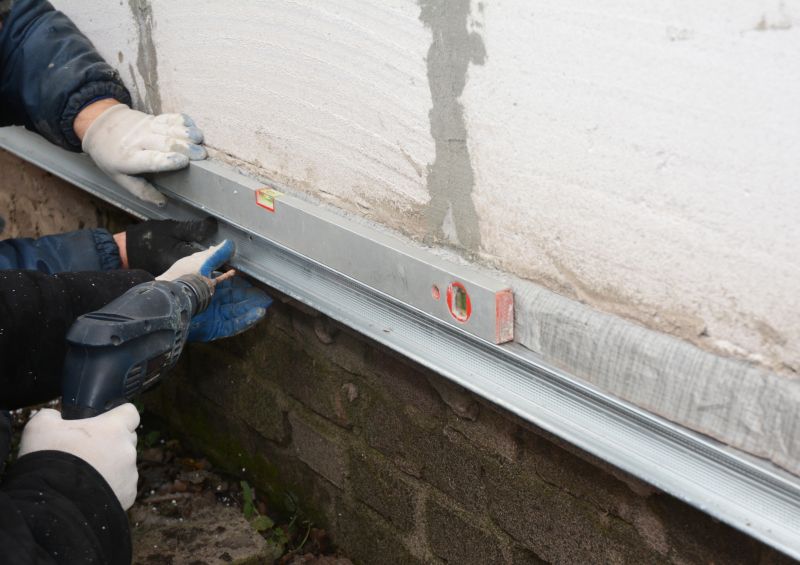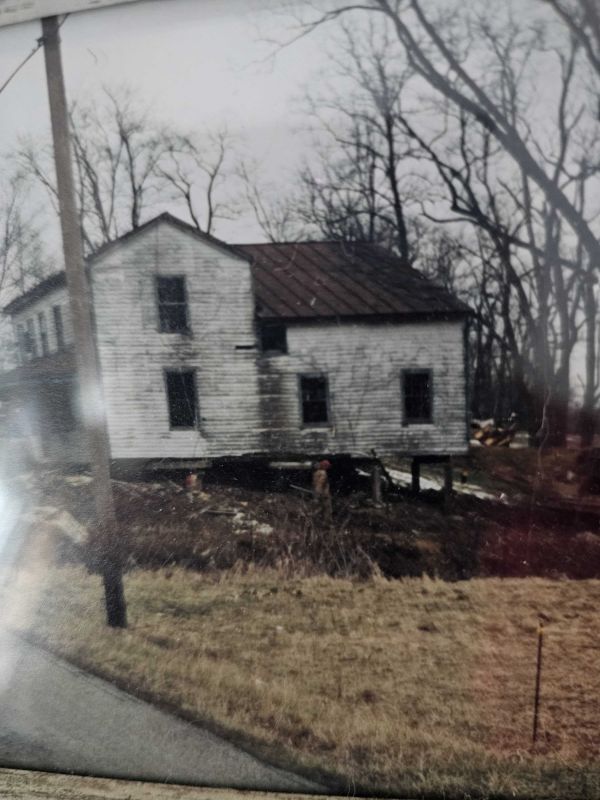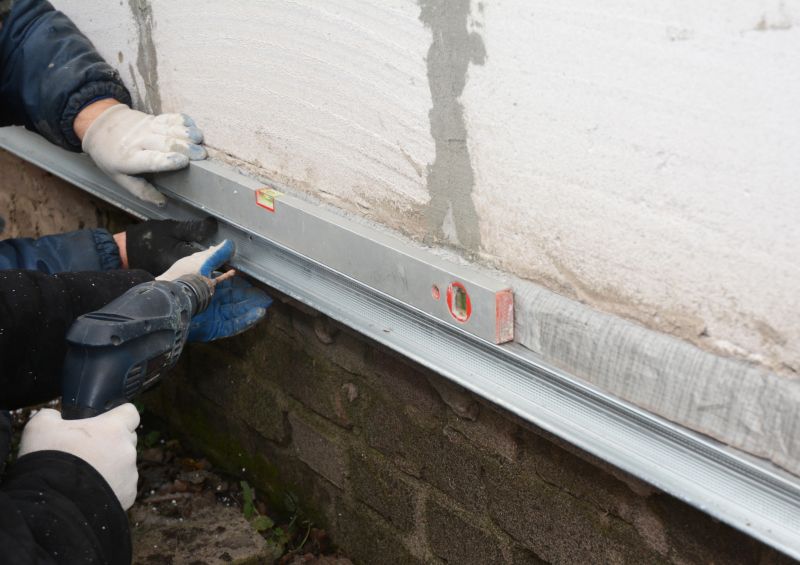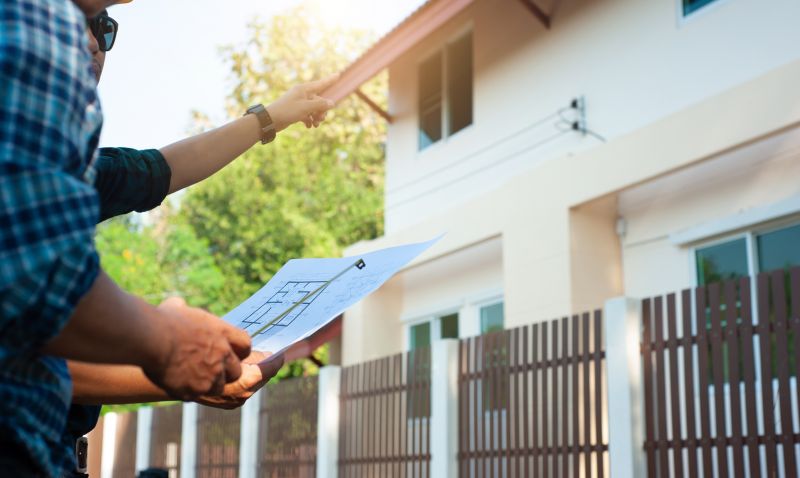Optimal Timing for House Jacking
House jacking is a process used to lift and stabilize a building that has experienced settling, foundation issues, or structural shifts. Timing plays a crucial role in ensuring the effectiveness and safety of the service. The best time to schedule house jacking depends on various factors including weather conditions, soil stability, and the urgency of structural concerns.
Dry seasons with minimal rainfall are ideal for house jacking, as wet soil can compromise stability during the process.
Periods of stable ground, typically during dry months, reduce the risk of soil movement that can affect the jacking process.
Immediate concerns like cracks or uneven floors may necessitate scheduling regardless of seasonal considerations.
Scheduling during off-peak seasons can ensure better availability of experienced professionals.

Specialized hydraulic jacks are used to lift the structure safely.

Proper timing ensures effective stabilization and prevents future issues.

Conducted prior to jacking to assess ground conditions and select optimal timing.

Ways to make House Jacking Service work in tight or awkward layouts.

Popular materials for House Jacking Service and why they hold up over time.

Simple add-ons that improve House Jacking Service without blowing the budget.
| Factor | Considerations |
|---|---|
| Weather Conditions | Dry, stable weather minimizes risks during jacking. |
| Soil Conditions | Stable soil reduces movement and settling after jacking. |
| Structural Urgency | Immediate issues may override seasonal timing. |
| Contractor Availability | Scheduling during less busy periods can improve service quality. |
| Seasonal Planning | Aligning with favorable seasons ensures better operational conditions. |
| Groundwater Levels | High groundwater can affect soil stability and timing. |
| Local Climate | Understanding regional climate patterns helps in planning. |

Lifting the house involves precise calculations and equipment placement.

Timing ensures foundation repairs are durable and effective.

Proper timing supports soil stabilization techniques.

Timing inspections after jacking confirms stability and safety.
House jacking is a precise engineering process that requires careful planning and timing to ensure structural integrity and safety. Proper scheduling can prevent complications such as soil shifting, foundation damage, or additional settling. Seasonal considerations, soil conditions, and the urgency of repairs are key factors influencing the optimal timing for house jacking projects.

Initial assessment and preparation are crucial steps.

Monitoring and adjustment ensure safe lifting.

Final stabilization techniques secure the structure.
Interested in scheduling a house jacking service? Filling out the contact form can provide more information and help determine the best timing for specific needs. Professional assessment and planning are essential for successful and lasting results.



